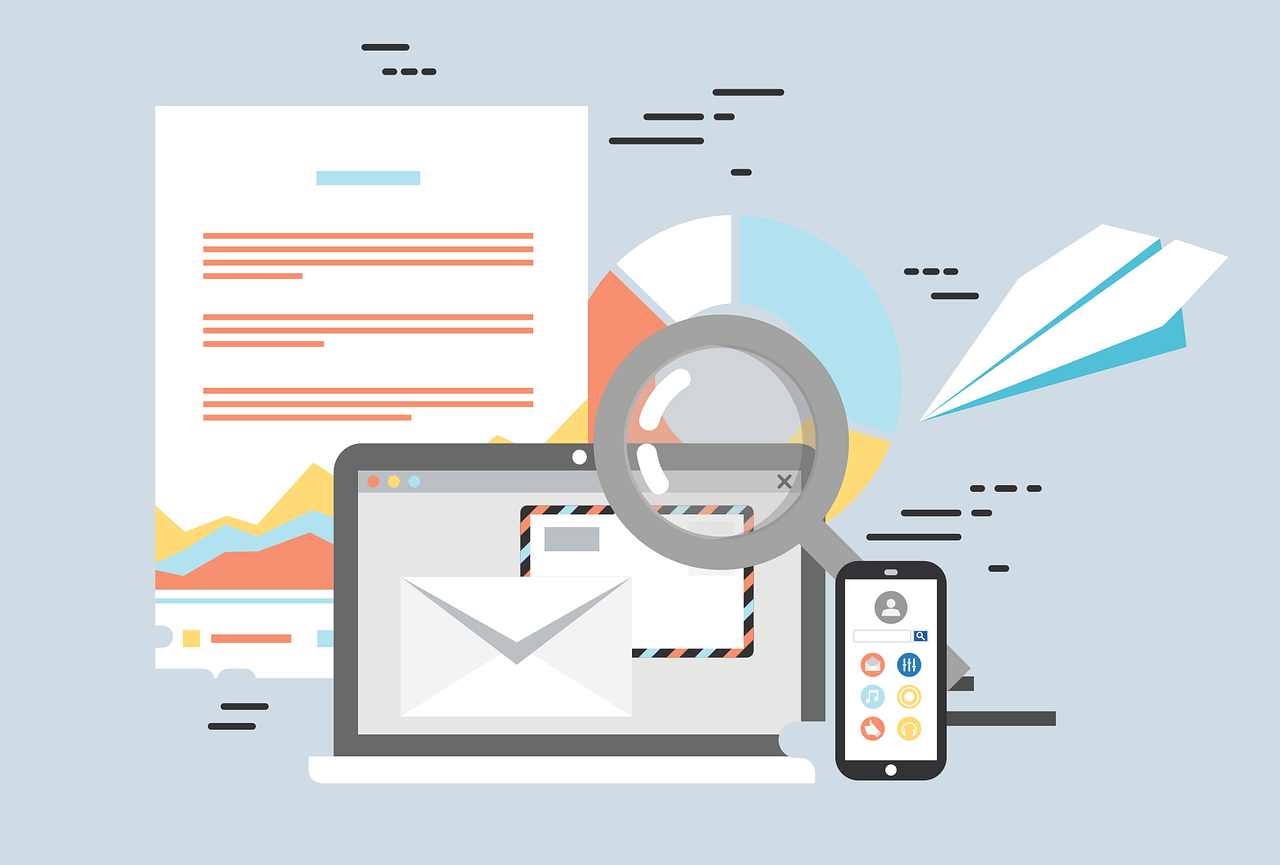
Email Security Tips for Personal and Business Use
Guard your inbox! Add advanced protection and training for business emails.
Email has become a cornerstone of communication, both personally and professionally. However, it's also a prime target for cyber threats. Whether you're managing your personal inbox or overseeing email security for a business, implementing robust security measures is crucial.
Personal Email Security Tips
Use Strong, Unique Passwords: Avoid using easily guessable passwords and opt for a combination of letters, numbers, and special characters. Consider using a password manager to securely store and manage your login credentials.
Enable Two-Factor Authentication (2FA): Adding an extra layer of security through 2FA significantly reduces the risk of unauthorized access to your email account. It typically involves receiving a code via text message or authenticator app to verify your identity.
Beware of Phishing Attempts: Exercise caution when opening emails from unknown senders or clicking on suspicious links or attachments. Be wary of emails requesting personal information or urging urgent action, as they could be phishing attempts.
Regularly Update Software: Keep your email client and operating system up-to-date with the latest security patches and updates to protect against known vulnerabilities.
Business Email Security Best Practices
Implement Advanced Threat Protection: Deploy advanced email security solutions that can detect and block phishing attempts, malware, and other malicious content in real-time.
Enforce Strong Password Policies: Establish password policies requiring employees to use complex passwords and regularly update them. Consider implementing multi-factor authentication for added security.
Train Employees on Email Security: Conduct regular training sessions to educate employees about common email security threats, such as phishing scams, and how to identify and report suspicious emails.
Encrypt Sensitive Data: Utilize email encryption technologies to protect sensitive information transmitted via email from unauthorized access.
Monitor and Audit Email Activity: Implement email monitoring and auditing tools to track email activity, detect anomalies, and identify potential security breaches.